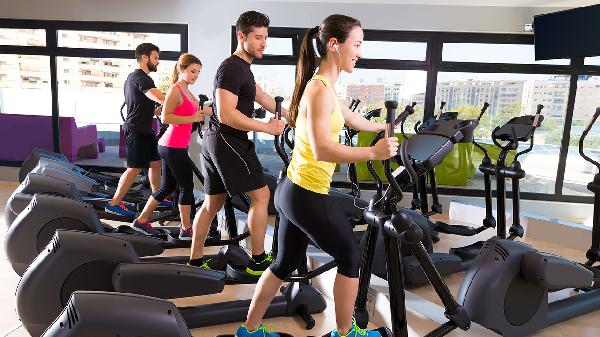If you’re wondering how fast exercise can kick your blood sugar into shape, you’re not alone. Whether you’re managing diabetes or just curious about how your body works, understanding the relationship between exercise and blood sugar is a game-changer. Let’s break it down without the boring science lecture.

The Immediate Impact of Exercise on Blood Sugar
Here’s the deal: exercise can start lowering your blood sugar levels during the activity itself. Yep, it’s that quick. When you move your body, your muscles need energy, and they pull glucose from your bloodstream to fuel the effort. This process can begin within minutes of starting your workout, especially if you’re doing something intense like running, cycling, or even a brisk walk.
For example, a 20-30 minute session of moderate-intensity exercise can drop your blood sugar by 20-30 mg/dL. But here’s the kicker: the exact timing and amount depend on factors like the type of exercise, your fitness level, and what you’ve eaten beforehand.
Different Exercises, Different Effects
Not all workouts are created equal when it comes to blood sugar. Here’s the lowdown:
Aerobic Exercise (Cardio): Think walking, jogging, or swimming. These activities get your heart pumping and can lower blood sugar during and after the workout. The effect can last for hours, especially if you’re consistent.
Strength Training: Lifting weights or doing bodyweight exercises like squats and push-ups can also drop blood sugar, but the effects might be more gradual. Plus, building muscle over time improves your body’s ability to manage glucose long-term.
High-Intensity Interval Training (HIIT): This one’s a double whammy. HIIT can cause a rapid drop in blood sugar during the workout and keep it lower for hours afterward. Just be cautious if you’re prone to hypoglycemia (low blood sugar)—HIIT can sometimes overdo it.
How Long Does the Effect Last?
The blood sugar-lowering benefits of exercise don’t stop when you cool down. Depending on the intensity and duration of your workout, you might see lower levels for up to 24-48 hours. This is because exercise improves insulin sensitivity, meaning your body becomes more efficient at using glucose.
For instance, a 45-minute brisk walk can keep your blood sugar in check for hours afterward. And if you’re consistent with your workouts, the long-term benefits are even more impressive—think better blood sugar control overall.
What About Timing?
When you exercise matters, too. Working out after a meal can help manage post-meal blood sugar spikes. On the flip side, exercising on an empty stomach (like first thing in the morning) might lead to a quicker drop in blood sugar, so keep an eye on it if you’re prone to lows.
Pro Tips for Safe Exercise
Monitor Your Levels: If you’re managing diabetes, check your blood sugar before, during, and after exercise to avoid surprises.
Stay Hydrated: Dehydration can mess with your blood sugar levels, so drink up.
Keep Snacks Handy: If you’re prone to lows, have a quick carb source like fruit or glucose tablets nearby.
Listen to Your Body: If you feel dizzy, shaky, or overly fatigued, stop and check your levels.
The Bottom Line
Exercise is one of the most effective ways to lower blood sugar—fast. Whether you’re hitting the gym, going for a run, or just taking a walk around the block, your body starts reaping the benefits almost immediately. And the best part? The more you move, the better your blood sugar control gets over time.
























